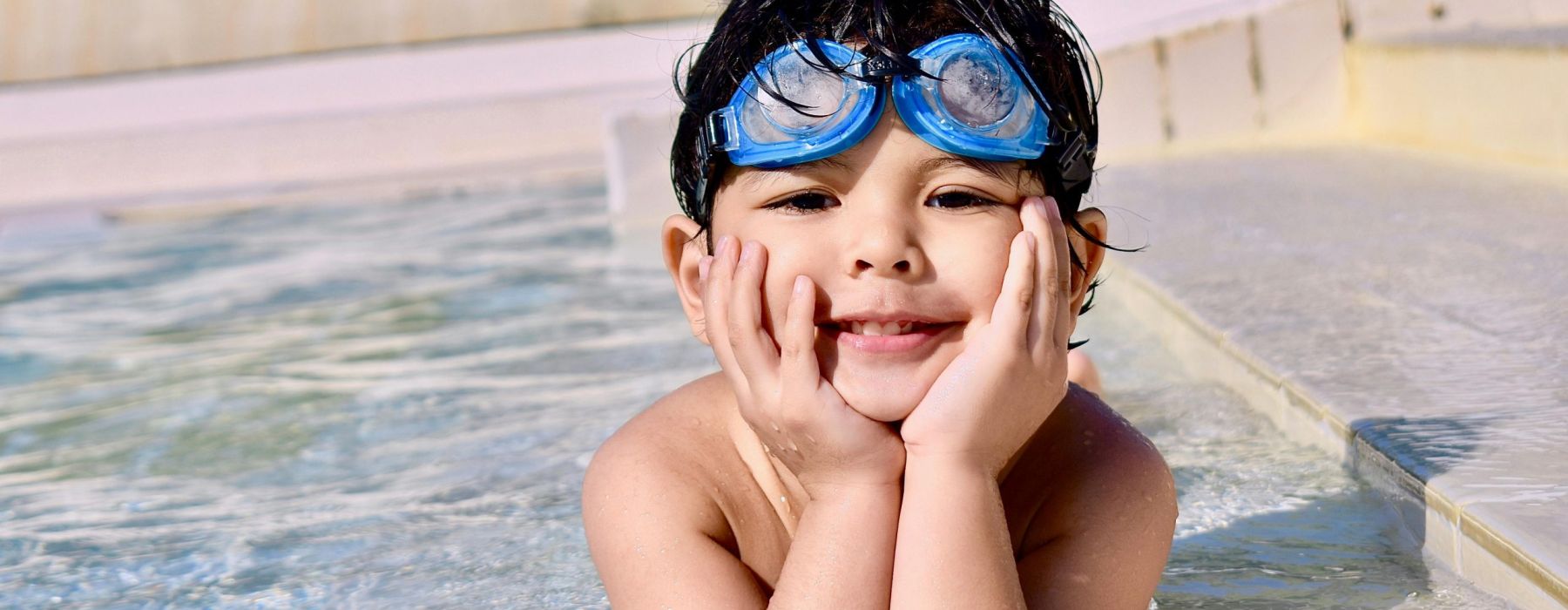🧊 Beating the Heat: NHS‑Approved Strategies for Keeping Children Cool & Safe
Children are more likely than adults to suffer in hot weather—here’s a comprehensive, NHS-endorsed guide to help childcare providers and families manage safely.

1. Hydration: The Critical First Line of Defence 💧
- Offer fluids frequently, not just at meal or snack time—children may not recognise thirst early. Use cool water, diluted fruit juice, or rehydration drinks as suitable for age
- Babies under 6 months: breastfeed on demand or provide small amounts of cooled, boiled water alongside formula feeds.
- Older babies (6+ months): water becomes essential. Offer sips throughout the day, especially when active or heated.
- Snacks matter: include water-rich foods such as melons, cucumbers, and lower-sugar ice lollies (for toddlers, pre-meals to avoid tooth decay) .
2. Keeping Cool: Environmental & Practical Measures
Indoor Cooling
- Control indoor climate: close curtains and windows during the hottest part of the day, and open them when outside temperatures drop. Fans are fine if the room stays below ~35 °C, but never aim airflow directly at children to avoid dehydration.
- Night-time environment: cool baths before bed and minimal sleepwear help keep overnight temperatures down. Aim for 16–20 °C in children’s bedrooms .
Outdoor Cooling
- Supervised water play: paddling pools, cool showers, or spray bottles are excellent—but always supervise, and keep play areas in the shade.
- Early or late outings: reserve outdoor time for before 11 am or after 3 pm.
- Check play surfaces like slides/railings—they heat up fast and can cause burns.
3. Recognising & Responding to Heat-Related Illness
Heat Exhaustion
- Key symptoms: fatigue, dizziness, headaches, nausea, cramps, pale/clammy skin, fast breathing, thirst, weakness. Children might also show irritability or sleepiness.
- Treatment steps (NHS 4-step cool-down):
- Move to a cool place
- Remove extra clothing
- Offer cool water or rehydration drink
- Cool the skin via sponging or cold packs under armpits/neck/fan
- Monitor for improvement: if no better in 30 minutes, consult NHS 111.
Heatstroke
- Warning signs: hot, dry skin, high temperature, confusion, seizures, fast pulse/breathing, unconsciousness.
- Emergency action: dial 999 immediately, cool them down using the same methods, and if unconscious, place them in the recovery position—do not delay .
4. Prevention: Proactive Planning & Daily Routine Adjustments
- Plan around heat peaks: be alert to NHS/Met Office heat-health alerts and aim to limit high-energy outdoor activities during those times.
- Prepare environments ahead: identify coolest rooms, ensure access to clean drinking water, have cold clothes or towels ready.
- First aid readiness: include rehydration salts, temperature strips, water, and cooling sponges in kits for childcare settings or outings .
- Community care: check in on all children frequently—and also those in vulnerable households like babies or those with health conditions .
✅ Summary: What You Should Do
| Area | Action |
|---|---|
Hydration | Offer fluids constantly, use cold water and water-rich foods |
Cooling Environments | Close curtains, circulate air, cool bedrooms |
Water Play & Outdoor Joy | Use shade, supervise water fun, avoid peak heat hours |
Emergency Preparedness | Know symptoms, apply cool-down steps, act fast on heatstroke |
Routine & Community | Adapt schedules, maintain first-aid kits, support families |
With consistent application of NHS-endorsed measures—hydration, environmental adjustments, vigilant symptom recognition, and thoughtful planning—you’ll ensure children stay safe and comfortable during hot weather.



